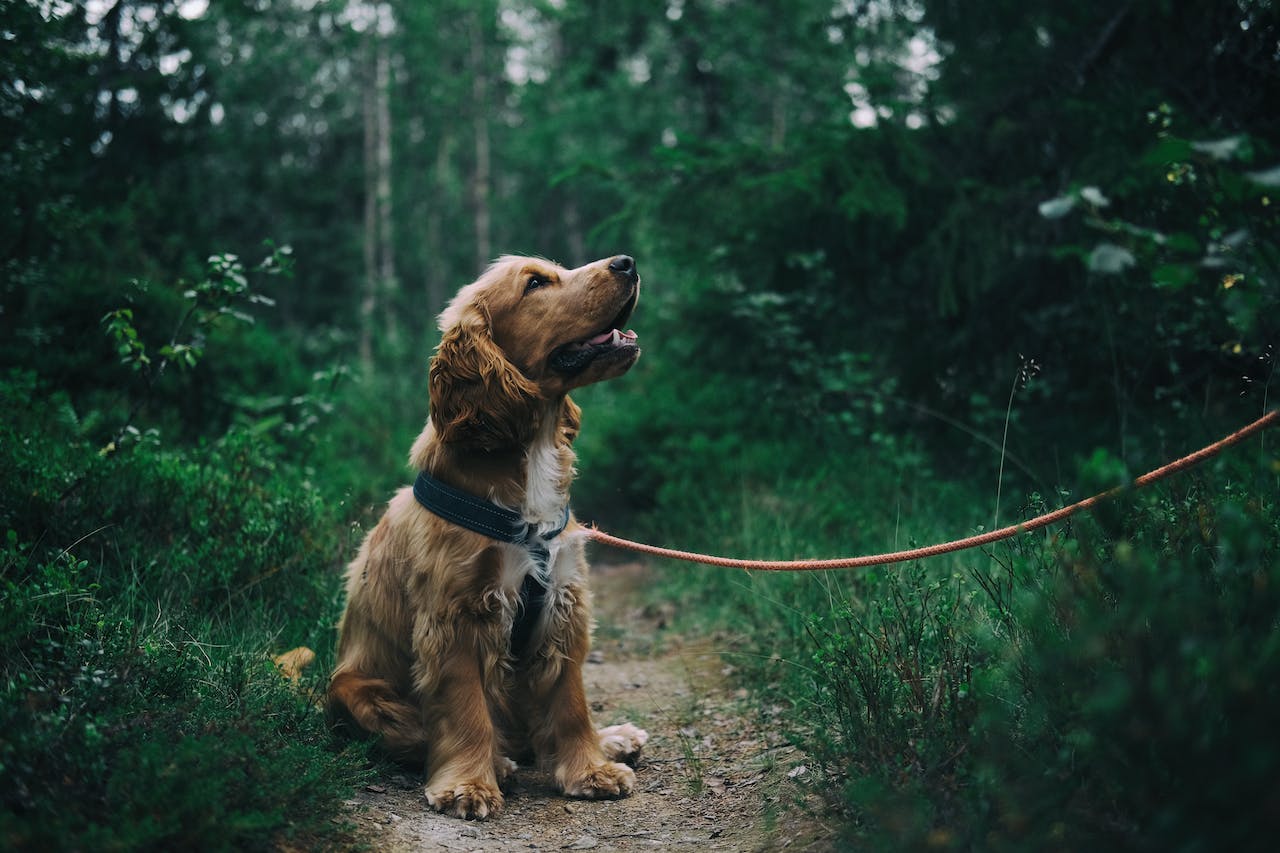How To Train Your Puppy To Sit

Who doesn’t love dogs? They are after-all not called “man’s best friend” for nothing. Dogs are not only adorable, cuddly, and loving, but they’re reliable and the perfect companion too.
None-the-less, it is important for your four-legged companion to have discipline and to be trained from a very young age, and the most basic of these trainings is to train your puppy to sit.
There are a variety of different techniques that can be used to do this, each of which are equally effective, but the most important thing is consistency. Especially since puppies have a short attention span!
Below we have listed two of our favourite techniques that you can use today to teach your dog to sit.
The Lure Technique
How should you use The Lure technique?
Lure and reward dog training uses rewards (such as a favourite treat or toy) to gently guide your puppy into a sitting position.
To do this, stand or sit in front of your puppy and hold a delicious and motivating treat to your dog’s nose, and say “sit”.
Be sure to speak in a calm but firm voice, then slowly move the treat just above your dogs nose causing him/her to look upwards. Your dog will usually sit due to this movement, and as soon as your dog sits down, give him the reward to mark the good behaviour.
If this is not enough to cause your dog to sit, lightly place your hand on your dogs back near his tail whilst using that same gesture with the treat in order to better suggest what you’d like him to do.
Most puppies are not yet conditioned to follow a lure, so it’s really critical to do this very slowly. Once the puppy performed the task, be sure to give him verbal praise or an affectionate pat.
They say practice makes perfect, so be sure to repeat this exercise several times a day and never lose patience and focus if you want your puppy to learn to sit on command.
Additional notes on The Lure technique:
If you are using a treat as a lure, schedule your training before meals so they are a bit hungry and tempted to follow the treat.
Be sure to use the same treat every time you practice.
Train in an environment where your puppy is comfortable and free from distractions, avoid the outdoors.
Once your puppy is able to consistently respond to the “sit” command in a quiet environment, you can then increase complexity and train your puppy in a more noisy environment to ensure that these distractions have no affect on your training.
Most importantly, your puppy should be in the mood to receive its training so make it short, spend at least 5 minutes with each session.
The Clicker Technique
How do you use the clicker technique?
Rather than luring, this training technique lets your puppy do its own thing, then rewards them whenever they “sit”.
Your puppy should understand that the sound of the clicker means reward so this training can be a lot of fun for them! All you need is his favourite treat and a clicker.
So how does this work? You’ll need to observe your puppy as it walks around the house, minding it’s own business, but once their bottom touches the floor and they sit, ‘CLICK’ and then toss them a treat.
Timing is very important here, “CLICK” exactly when the tail makes the contact with the ground then the treat follows.
This is how you tell them to sit, just CLICK.
Additional notes on The Clicker Technique:
It may take some time for your puppy to get used to this training but eventually, he will realize that for them to earn a treat he should sit.
The advantage of the Clicker Technique training is that the clicker makes an artificial sound, so it easily captures their attention, and it gives you a convenient way to mark their positive behaviour the moment they do what you like.
For faster and better results, use tiny pieces of chicken or meat to reward your puppy.
Do take a precaution the first time you use the clicker because some dogs may be sensitive or nervous of the clicking sound, so don’t use this clicker unexpectedly close to your dogs face as it may startle it and have the opposite effect that was intended.
Once your puppy has learned the association of click-treat, you can start giving him commands with the action. Slowly, you can teach him to do other tricks with the use of the clicker. You’ll be amazed by how your dog figures out many ways on how to earn a treat! Then even the dog walking would be more fun 🙂
Final points: when should you train your puppy to sit?
Puppies as young as 7 to 8 weeks of age may begin to learn the “sit’ command.
Having them to “sit” and “stay” is very important and in fact, this will likely to be their default behaviour when they misbehave, become rowdy or super excited like a normal happy puppy would do.
Use the positive method of reinforcement and gentle teaching. Small pieces of food or its favourite toy can be used to encourage them to behave.
